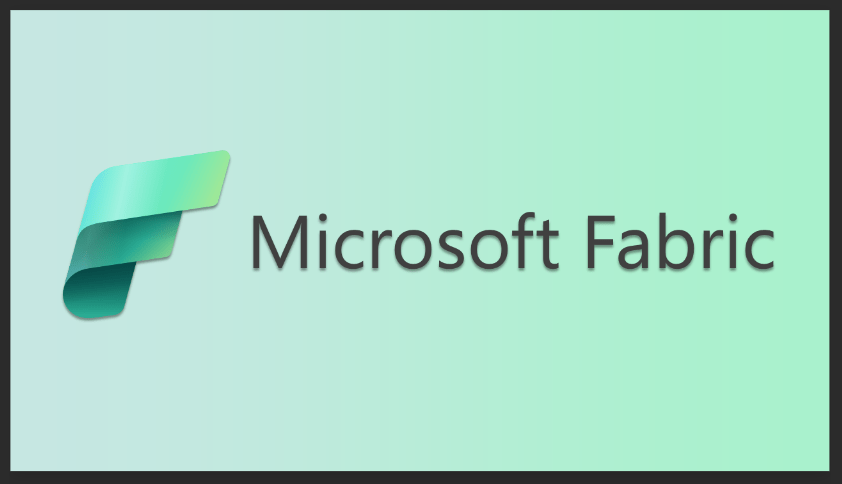
Microsoft Power Platform: What it is and
Why do we need it?
Businesses are generating more data than ever before. That data is now connected and available to almost every part of each organization. And all of that data offers great opportunities.
Taking advantage of those opportunities, however, requires the ability to access, analyze, and use that data. Traditionally, creating reports and applications to do just that fell into the hands of a few specialists and developers. Each specialist created their own piece of the technical solution, and end users had no real way to create their own self-service solutions.
This has now changed. With the Microsoft Power Platform, creating ways to use meaningful data no longer requires going to those specialized users and report developers. Microsoft’s new Power Platform truly enables non-technical end users to customize, extend, and build all the business apps they need right from within Office 365.
What Is Microsoft Power Platform?
In order to fully take advantage of data, companies need to be able to analyze data, act on that data, and automate workflows based on those actions. Microsoft has developed three separate components to handle each function: PowerApps, Power BI, and Power Automate. Combined together, they now make up the Microsoft Power Platform.
Power BI

Power BI is a Microsoft application that allows user to create powerful graphical images and reports from a wide variety of data sources. Typically, you need a full-time, experienced report developer to pull out the necessary data and then create usable graphics, charts, and displays. Now, Power BI offers a click-and-drop interface that anyone can use. Built-in data connectors allow users to access data without understanding the underlying functionality of a database, spreadsheet, or other sources. Just connect to the source, and the data is there on the screen ready to use with a click and drag. There’s no need to teach your HR folks the basics of SQL queries to get what they need out of that database.
By creating functional, attractive, real-time dashboards, users can analyze all of the data collected and stored by the company. Creating reports like this with little or no, code empowers managers and employees closest to the data to create exactly what is needed for each specific situation.
Power Apps

While PowerBI provides a way to analyze the data goldmine, PowerApps provides a way to act on that data. PowerApps is a no-code or low-code, development environment that lets users use a click-and-drag interface to create useful applications. Instead of submitting a ticket to the company’s developers and spending weeks or months in development meetings hashing out exactly what is required, non-developers can create sophisticated apps by using prebuilt app templates. These templates act as a starting point for many common development scenarios. Once the right template is found, users can customize the app to use the right data, the right inputs, and the right logic.
For example, if a department wants to let its users check equipment in and out for use, there is a template for that. Using a simple point-and-click interface, someone can sit down and add the company logo, the name of the department, and other branding information. Then, by connecting to an inventory of materials, it becomes easy to populate a list or menu to select what needs to be checked out. One can go further and craft automatic due dates, limits on how much can be checked out at one time, and so on.
Power Automate

Sometimes, you don’t need people at all. In some situations, the data itself drives the actions that occur. No human interaction is necessary in these cases. Power Automate provides a way to generate automated actions and responses based on gathered data. In the example above, each piece of equipment that is checked out gets a due date for its return. While the company could assign someone to track down overdue equipment, it would be more efficient to have a system that does it automatically.
Power Automate has hundreds of connectors. Using a similar drag-and-drop interface, a user can create a workflow that checks the spreadsheet that holds the due date information, check it against today’s date, and send out an email if the equipment is overdue. If it’s way overdue, one could send a text message and maybe even notify a manager. When equipment is checked back in, it can update the inventory that the original Power App uses, and maybe even make a Facebook post to a group about the available equipment, then update the Team Site in SharePoint.
Integrating It All
If businesses are going to use these applications for real-world, production-level uses, then they need to work together. The Power Platform is Microsoft’s promise that these three applications will work together not only today but in the future as well. Microsoft pitches Power Platform as the extensibility of Office 365 beyond making and reading toward gathering, analyzing, and using data. It also pitches the Power Platform as a perfect companion to its Azure Platform. Together these pieces allow companies to create usable analytics, powerful applications, and automated workflows, all at the user level without ever involving IT. It’s a bold promise, one that will be a big deal for companies on the Microsoft platform moving into the future.
Get Started Today
If you’re ready to get started with the Microsoft Power Platform but not sure where to start, Imaginet is here to help. Our Imaginet Business Productivity Platform team has been helping clients successfully customize, extend, and build the business apps they need leveraging Power BI, Power Apps, and Power Automate… and we can help you get started with any of your business productivity initiatives, too.
To learn more about our Microsoft 365 consulting services, click the button below.
Thank you for reading this post! If you enjoyed it, I encourage you to check out some of our other content on this blog. We have a range of articles on various topics that I think you’ll find interesting. Don’t forget to subscribe to our newsletter to stay updated with all of the latest information on Imaginet’s recent successful projects

discover more
SQL Saturday Part 2: Learning About Microsoft Fabric
SQL Saturday Part 2: Learning About Microsoft Fabric February 29, 2024 I’ve been digging into Microsoft Fabric recently – well overdue, since it was first released about a year ago.…
My Trip to SQL Saturday Atlanta (BI Edition): Part 1
My Trip to SQL Saturday Atlanta (BI Edition): Part 1 February 23, 2024 Recently, I had the opportunity to attend SQL Saturday Atlanta (BI edition), a free annual event for…
Enabling BitLocker Encryption with Microsoft Intune
Enabling BitLocker Encryption with Microsoft Intune February 15, 2024 In today’s data-driven world, safeguarding sensitive information is paramount, especially with the increase in remote work following the pandemic and the…
Let’s build something amazing together
From concept to handoff, we’d love to learn more about what you are working on.
Send us a message below or call us at 1-800-989-6022.




